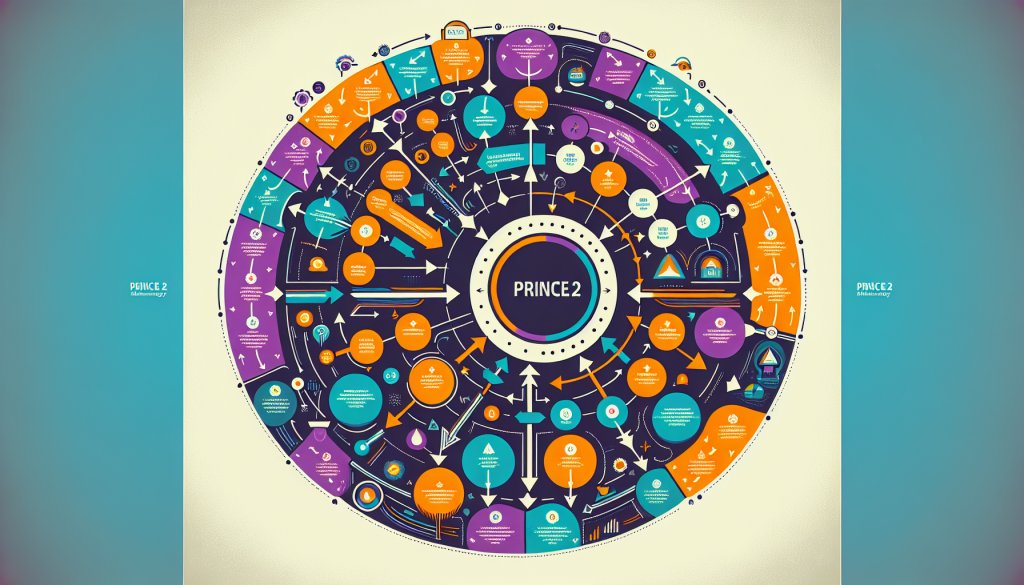The PRINCE2 methodology has become a popular approach to project management in recent years, but there are still many misconceptions surrounding it. In this essay, we will separate fact from fiction and explore what PRINCE2 really entails.
One common misconception about PRINCE2 is that it is overly complex and bureaucratic. While it is true that PRINCE2 has a structured approach to project management, this does not mean that it is unnecessarily complicated. In fact, one of the main strengths of PRINCE2 is its flexibility and scalability. The methodology can be tailored to suit the needs of any project, regardless of its size or complexity.
Another myth about PRINCE2 is that it is only suitable for large organizations. While PRINCE2 was initially developed for use in the public sector, it has since been adopted by a wide range of industries, including construction, IT, and finance. PRINCE2 Methodology: Breaking Barriers and Driving Innovation . The principles of PRINCE2 can be applied to any project, regardless of its industry or size.
One of the key principles of PRINCE2 is its focus on business justification. This means that every project must have a clear business case and a defined set of objectives. By ensuring that all projects are aligned with the goals of the organization, PRINCE2 helps to minimize the risk of project failure and maximize the return on investment.

Another important aspect of PRINCE2 is its emphasis on continuous improvement. The methodology encourages project managers to learn from their experiences and adapt their approach to future projects. By regularly reviewing and updating their project management processes, organizations can ensure that they are always operating at the highest possible standard.
In conclusion, the PRINCE2 methodology is a valuable tool for project managers in any industry. By separating fact from fiction and understanding the true nature of PRINCE2, organizations can harness its benefits to deliver successful projects time and time again.